PRESS RELEASE: Biodiversity Funds & Investors
Phenix Capital Group has launched its new Impact Report with a focus on impact investing funds that deliver returns and impact under the umbrella of...
6 min read
Phenix Capital Dec 19, 2019 11:55:33 AM
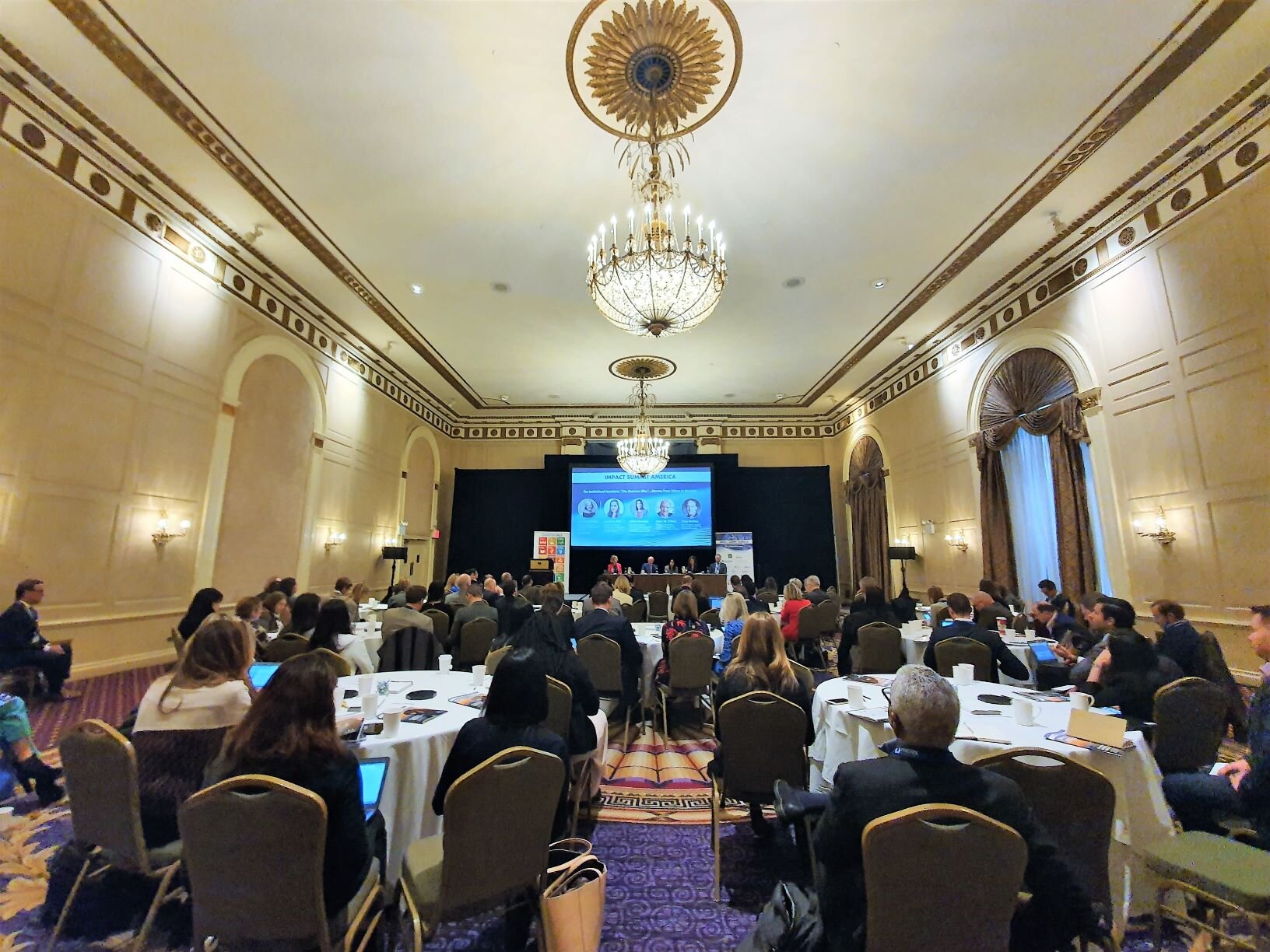
Author- Phenix Capital Group:
The 2nd Annual Impact Summit America, hosted in New York City on 14 November 2019, followed the industry’s progression along the responsible investing spectrum to demonstrate how investors and managers can move Beyond ESG.
The Summit offered a space for institutional investors to engage on how to create and adapt their impact investing strategies, while debating and collaborating on how to overcome challenges in a rapidly growing and evolving industry. Our aim is to create a platform for increasing the efficiency and effectiveness of the impact capital market by convening diverse types of asset owners and managers, and educating them on the opportunities and ‘how to’ of making more intentional positive social or environmental impact with their investments.
As tradition, the day was opened with story agency Issimo’s powerful film titled Think a New Thought.
“There’s this notion that we’ve had stuck in our heads for so long - that the invisible hand of capitalism had to be a selfish hand, a hand without sympathy - that it simply wouldn’t work any other way. But what if that were wrong? What if that’s not true, and never has been?”
Our opening keynote speech from Wendy Cromwell, Director of Sustainable Investments at Wellington Management, began with the notion that “The world’s biggest problems are also the world’s biggest business opportunities,” (Peter H. Diamandis, Founder of the X Prize), meaning that capital and private market participants truly have a role to play in solving global challenges.
As the industry has grown, we turned to public markets as a way to complement and provide diversification to private impact markets. In doing so, Wellington Management and others aim to employ public markets to “democratize” access to impact investing, provide liquidity and transparency, and maybe most importantly, scale.
Wellington spoke on both variables of the Impact Measurement Project’s investment impact equation: first, on the impact of enterprise, which is oftentimes embedded into its core business and services and can be assessed using best practices of impact measurement from private markets, e.g. logic chains. And second, on four ways in which investors in public markets can contribute to impact, namely through responsible exits, mentorship, connectivity to expand impact, and engagement.

Continuing the conversation around skepticism and integrity of impact at scale, we invited Bain Capital, one of the largest private equity asset managers, to discuss their Double Impact strategy. The fireside chat centered on questions of intentionality, scalability, additionality, measurement and financial-first impact investment with Phenix Capital Founder and co-CEO Sophie Robé.
Todd Cook explained that the Double Impact strategy was founded on the premise of trying to do exactly what we are talking about: “We want to demonstrate that you can invest in businesses that have measurable impact on their communities…, do it at scale, and make financial returns that are attractive to our investors by doing it.”
One of the possible future exits of impact companies in private markets are IPOs; this is where Bain and Wellington’s strategies would potentially converge. Public market impact investors can facilitate responsible exits for impact-driven companies and investors in private markets, while helping impact companies access more capital by going public. The challenge is to protect impact companies in their transition from private to public, as they run the risk of being subject to the pressures and agendas of traditional investors. While private market investors can drive mission lock post ownership period, public markets investors can provide responsible exits and inform companies of that intent, thereby increasing the probability that companies continue on their impact journey.
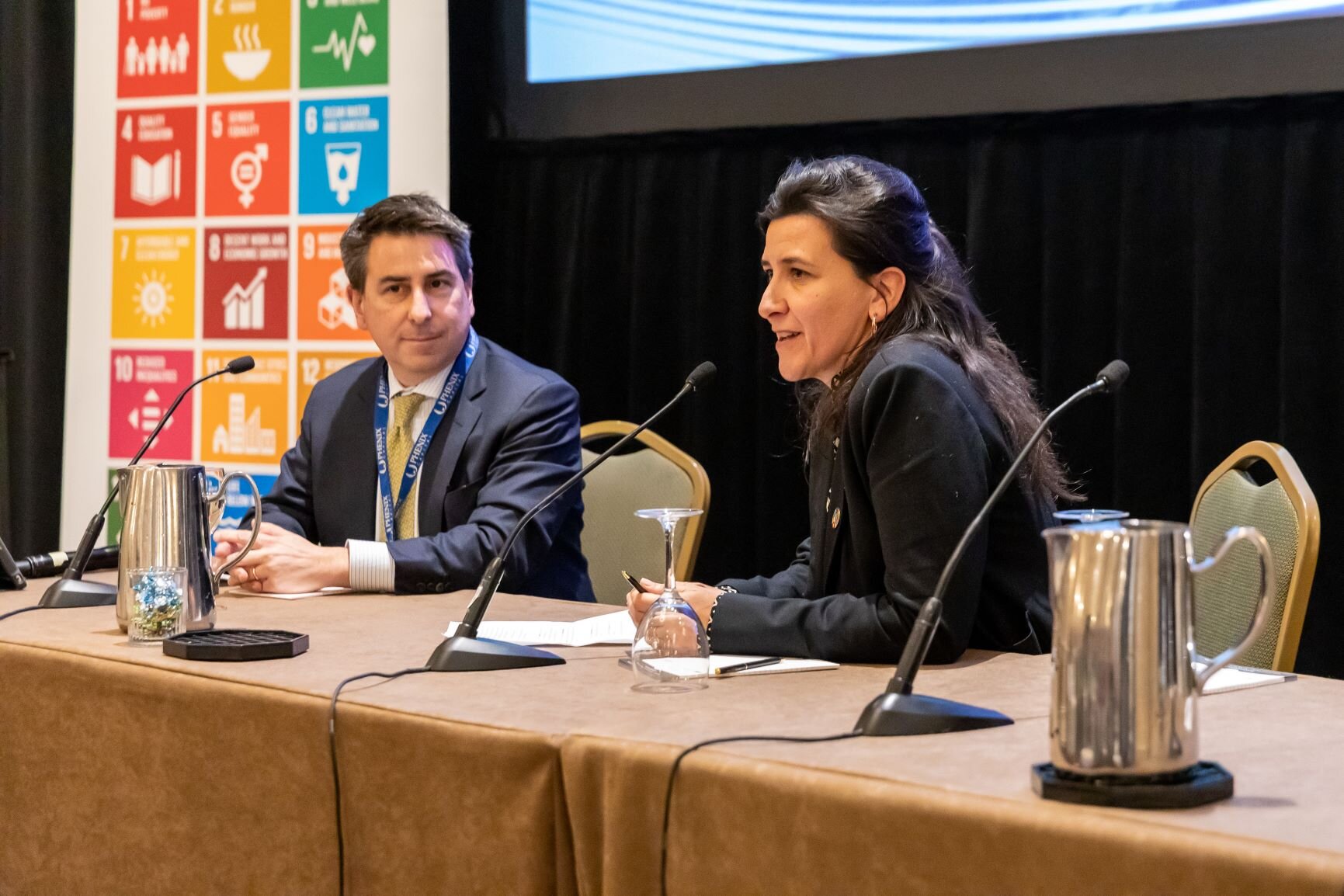
The industry is beginning to see the convergence of impact measurement and management both from the asset owner and industry building viewpoints. Leading impact-focused asset owners such as the Heron Foundation shared the organization’s journey to allocating 100% of their endowment to impact investments and their approach to measuring the net impact of each investment. Ford Foundation shared some of their lessons learned, such as asking fewer impact key performance indicators (KPIs) of managers, while encouraging flexibility and focus on “first order” outcomes.
Standards are emerging for both processes and products. On one hand, standards concerning the quality of the processes— i.e. the Impact Management Project, the IFC’s Operating Principles, and the GIIN’s Core Characteristics of Impact Investing — provide a framework to ensure quality of processes within asset management organizations and set clear expectations for impact performance. While development finance institutions (DFIs) may be reluctant to compromise on long-held performance measures, the industry is working to find common ground between different investors along the risk-return spectrum of impact capital.
On the other hand, product standards, e.g. the GIIN’s IRIS+, are specific to best practices of different themes and sectors. The GIIN spoke on the importance and success of collaborative development of the IRIS+ sector-specific KPIs with asset owners, managers and industry experts. While the measurement framework remains focused on private markets, they are working to extend to public markets, where comparability will be crucial.
Asset owners indicated the need for tools to assist in data gathering to allow for monitoring of progress on achieving the intended impact. This could support greater impact innovations and initiatives, such as including social or environmental measures in the underwriting process. Concluding, the panel underlined the need for data sharing and transparency on issues of impact to foster future development of the industry.
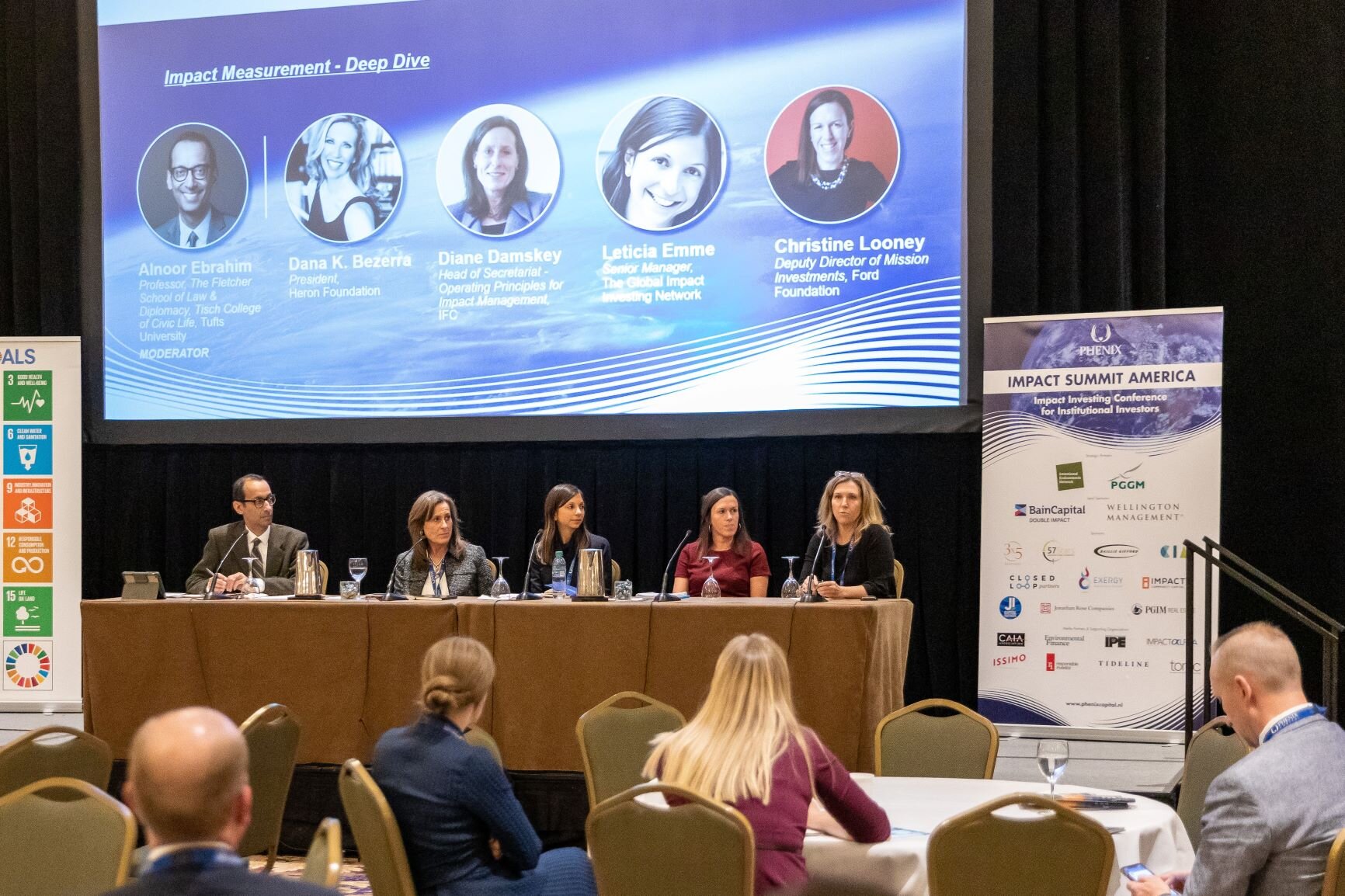
While genuine social change seems to be underway, data shows that measurable progress remains slow and patchy. Still, diversity is becoming a strategic imperative for fund managers, stemming from bilateral pressures: top-down, as investors increasingly demand diversity in their portfolio, and bottom-up, as companies with diversity programs in place outperform those without (in the experience of the panelists). The consensus was that minority representation needs to extend to positions of power, specifically to investment committees, to ensure increased investment in minority-led organizations and companies with strong commitment to equality.
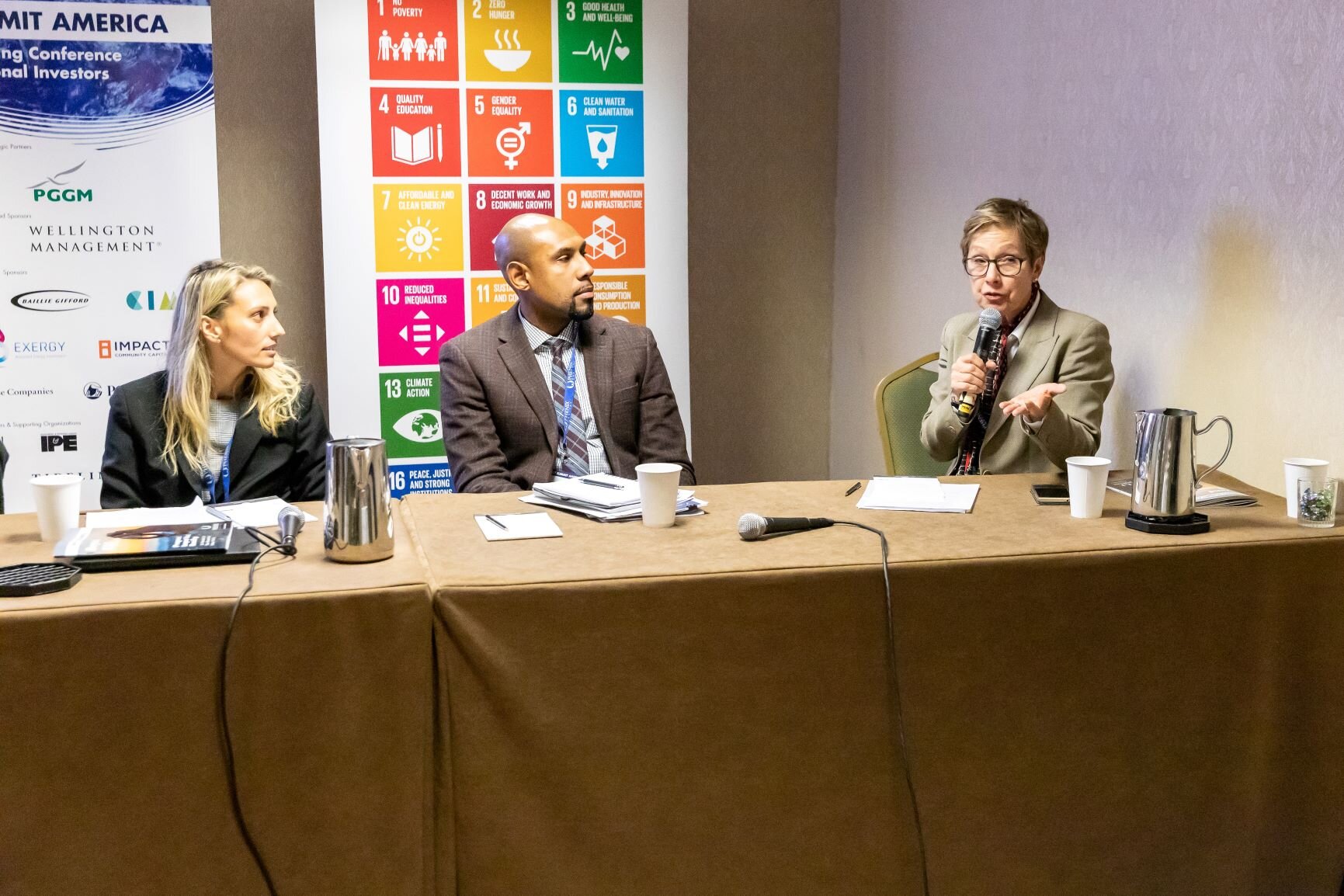
The shortage of nearly 15 million units of affordable housing in the U.S. is a societal problem, but also an investor problem as it shifts the middle class’s purchasing power and decisions. As the U.S. affordable housing space moves to the mainstream, with corporate tech giants entering alongside an influx of new funds positioned to capitalize on the tax incentives provided by “Opportunity Zones”, we turned to veterans IMPACT Community Capital and Jonathan Rose Companies to discuss their decades of experience and strategies from both the private debt and private equity perspectives. Their commitment to the sector and to community development is demonstrated through an emphasis on preserving existing units that come to market, implementing green building technology, and introducing social services to the properties they develop.
Of the USD 12 billion deployed in impact investing in Southeast Asia over the past decade, 11 billion came from DFIs and 60% was invested in the crowded financial inclusion and micro-lending space. JI Capital Partner showcased how they invest in solution-driven, fast-growing SMEs in Southeast-Asia, overlooked by DFI capital misallocation, and how they are transforming them into sustainable businesses. Their ex-IFC team implements ESG performance standards that companies can deliver, while ensuring that impact is meaningful, relevant and measurable.
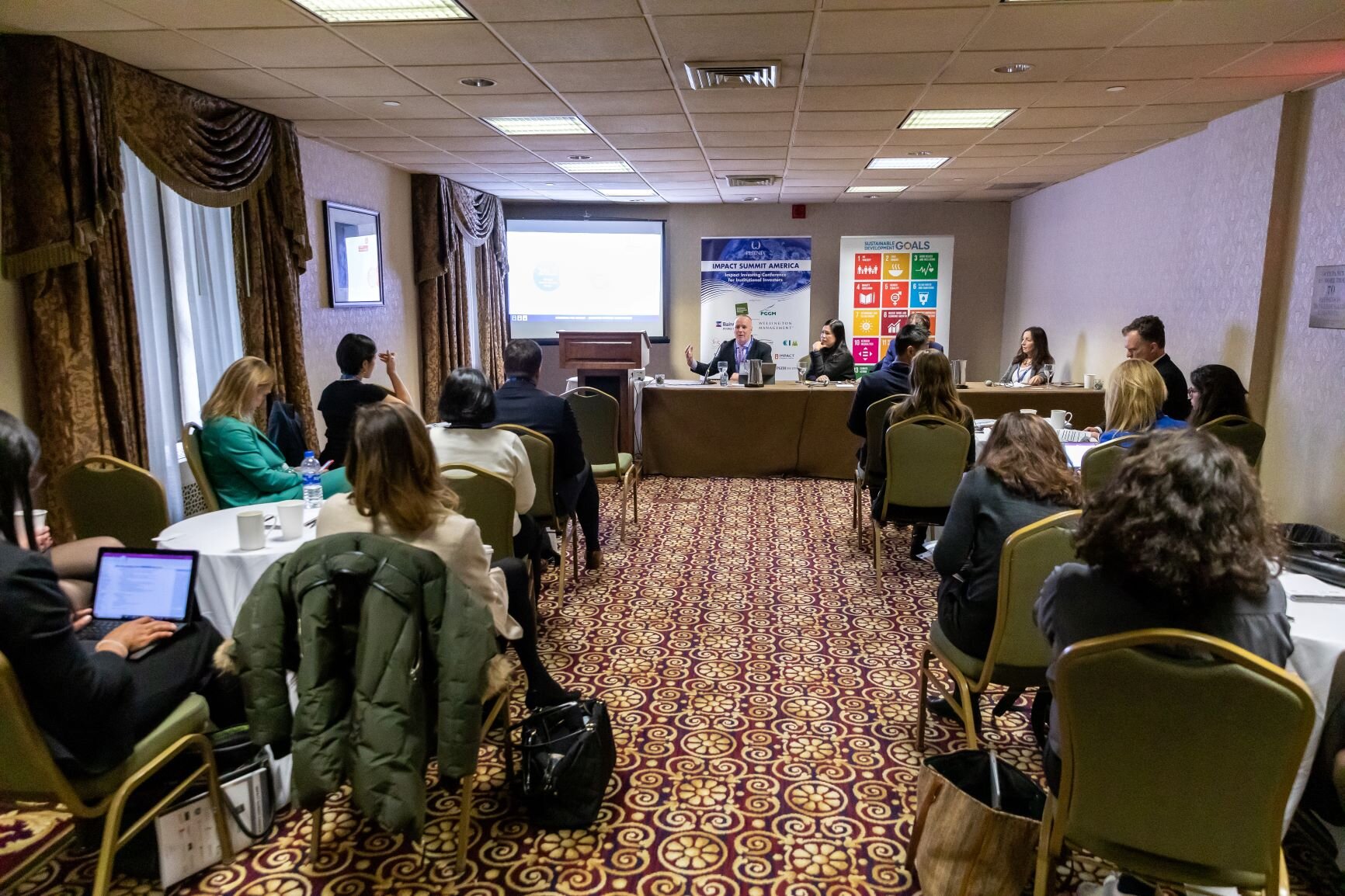
Climate change remained a central topic this year, with both asset owners and managers highlighting the need for greater urgency as current capital flows fail to meet the rates required to stay below a 1.5 or 2.0 degrees target. Panellists also raised the responsibility of investors to act and address this global crisis as part of their fiduciary duty.
Whilst discussing the role of engagement as a tool to address climate change risk and ensure company involvement, we heard how this can involve difficult conversations. However, with more available data, standards and transparency, these engagements can be powerful. Moreover, investors acting in collaboration with united strategies can truly drive the transition to a low carbon economy. Ceres demonstrated the results generated from Climate Action 100+, a network of over 370 investors that engage with the most significant global greenhouse gases emitters, which has resulted in several net-zero emission commitments, including from the first U.S. energy company.
Ultimately, the motivations for shifting to sustainable practices extend beyond moral, environmental or social obligations to include leveraging financial opportunities and diversifying portfolios. As Closed Loop Partners showed, sustainable business practices—such as those focusing on reducing resource use and waste—don’t just benefit the environment, but also present a transformative and more economically viable model of manufacturing.
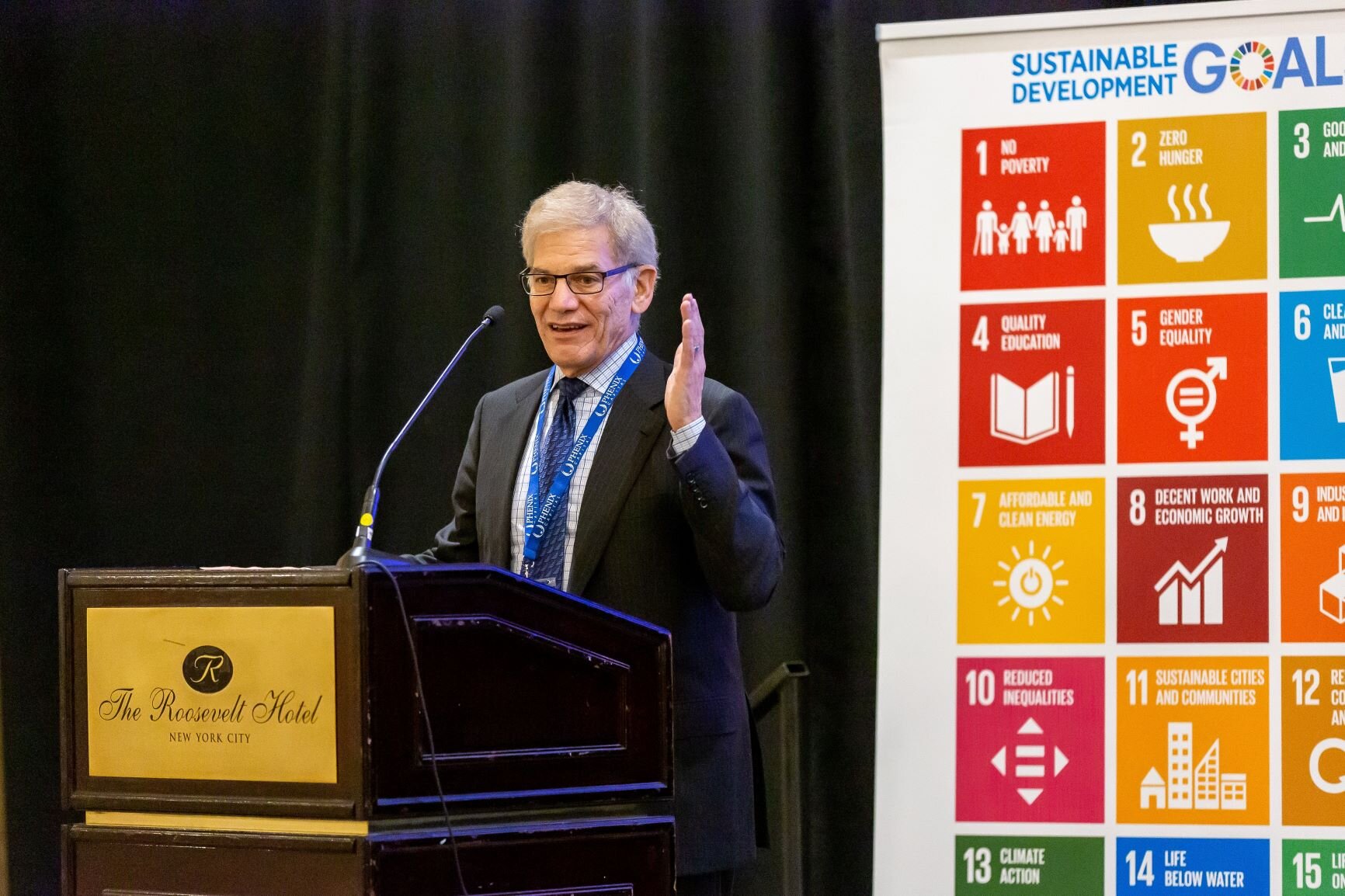
In the Summit’s Closing Keynote, Robert Litterman (among other achievements, co-author of the Black-Litterman model) shared four lessons on climate risk management and the implications for investing in the context of climate change. In brief:
We should worry about worst-case scenarios, and particularly their expected losses.
The financial community discusses what could be perceived as extreme but are in fact plausible scenarios, leaving out discussions on the worst cases. Regarding climate, extreme but plausible scenarios are already frightening—and expensive.
It is when we run out of time that a problem or risk management issue becomes catastrophic.
If given sufficient time, we can solve almost any problem. But climate is an urgent problem, and science indicates that things are getting worse much faster than anticipated.
Risk management is not about minimizing risk, it is about taking smarter risks.
Institutions want to ensure they identify, quantify, and price risks appropriately so that they can take risks that make sense and hedge risks that don’t.
Pricing carbon correctly is crucial; a price high enough to create significant changes in the economy would not noticeably affect the average consumer.
Risk is what we measure, uncertainty is what we manage.
A model’s assumptions are built on the future being similar to the past, but in reality, there is a lot of future uncertainty—especially regarding climate change and its impact—and that is what we have to manage.
What is the implication? We as a global society have to err on the side of caution, and “slam on the breaks”.
Moreover, Litterman shared several important notes on developments in US climate (risk pricing) legislation. First, the creation of the Climate Leadership Council, of which Litterman is a board member, is the sponsor of the Baker-Shultz Carbon Dividends plan: a bipartisan carbon tax proposal starting at $40 a ton and increasing at 5% real with 100% of dividend revenues returned to the American public, supported by a large coalition of fossil fuel companies, corporate America, environmentalists and economists. Notably, in June of last year, there was a meeting at the Vatican with over 20 of the global oil company CEOs, the Pope, and Climate Action 100+, at which an agreement was signed to not only support the pricing of emissions, but do so in a transparent way.
Finally, on the day of the summit, the CFTC (U.S. Commodity Futures Trading Commission) announced the members of its new Climate-Related Market Risk subcommittee of the Market Risk Advisory Committee (MRAC). Litterman will chair the 35-person committee, established to provide a report to the MRAC to analyze climate-related financial and market risks. He revealed the report’s message for June 2020 will be clear: we have to price climate risk.
.jpg)
Phenix Capital Group has launched its new Impact Report with a focus on impact investing funds that deliver returns and impact under the umbrella of...
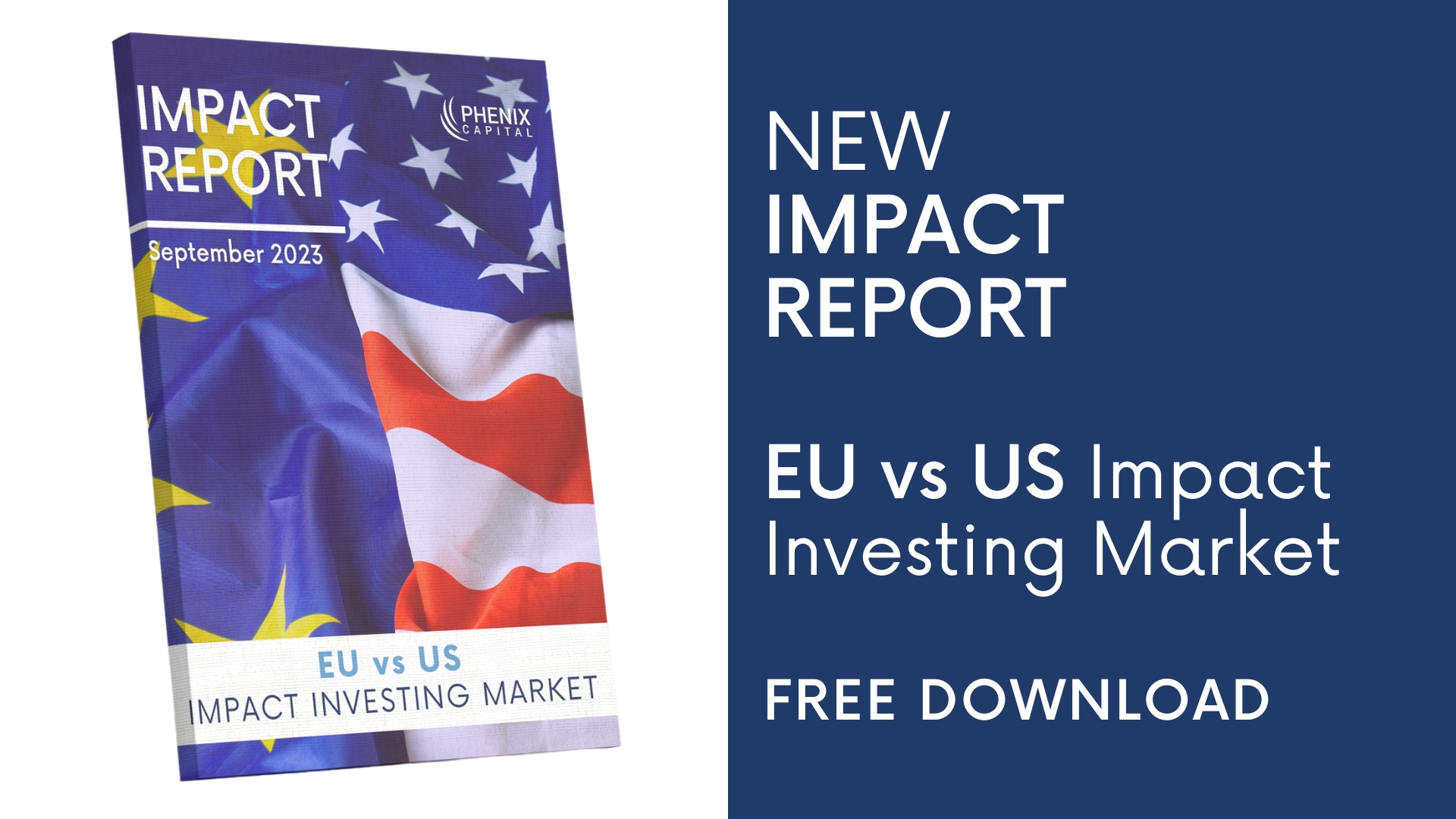
New impact report on EU vs US Impact Investing Market.
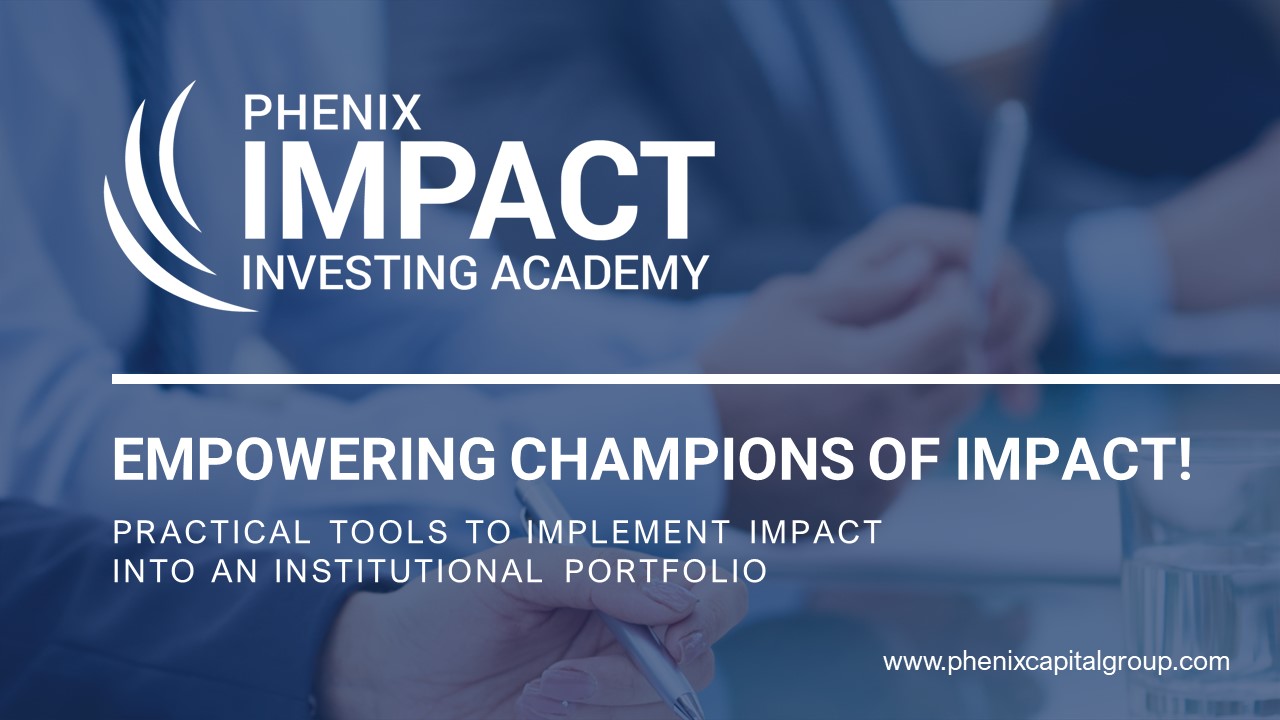
1 min read
Launching the Phenix Impact Investing Academy – Empowering champions of impact!Amsterdam, 11 August 2023 – Phenix Capital Group is launching the ...